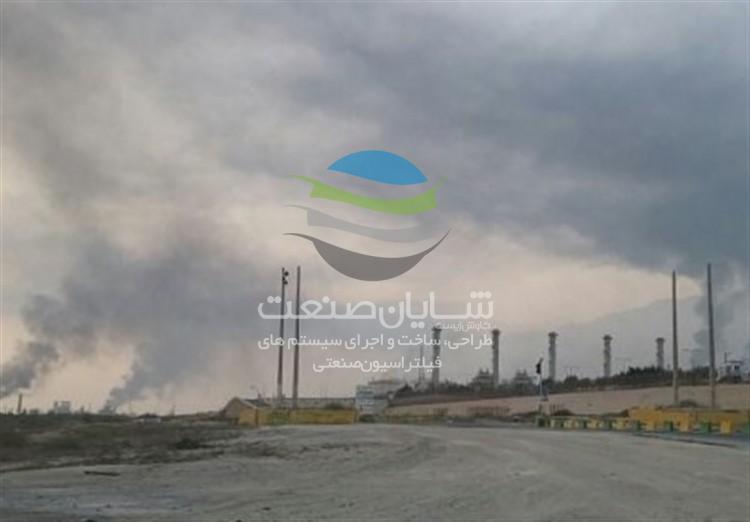Electrostatic and Venturi dust scrubbers
The steel industry is one of the most widely used energy consumption, which is related to the smelting furnace sector and leads to environmental pollution. The purpose of this study is to determine the amount of energy and capital consumption in electrostatic and Venturi scrubber dusters connected to smelting furnaces with industrial ecology approach, to select a suitable and environmentally friendly dusting system. Therefore, in this study, three electric melting furnaces of 3, 6 and 12 tons were considered, and based on the calculation method and the governing equations, the amount of energy consumption and initial capital in two electrostatic dust collectors and Venturi scrubber were calculated. The results show that the annual energy consumption of a Venturi dust collector connected to a 12-ton furnace is eighteen times the amount of electricity consumed in an electrostatic dust collector. While this amount is reduced to eleven times in a 6 ton furnace and to four times in a 3 ton furnace. The initial capital cost of an electrostatic dust collector in three 3, 6 and 12 ton furnaces is about one and a half times that of a Venturi dust collector system. Therefore, the total cost of the Venturi Scrubber in a 12-ton steel furnace for 20 years is approximately 6.5 times the total cost of electrostatic dusting. While in 3 and 6 ton smelters, the steel industry is 1.6 and 4 times, respectively. With this description, it can be concluded that the use of Venturi Scrubber dust collectors for furnaces less than 3 tons is more reasonable and economical in terms of environmental sustainability and industrial ecology.
In this research, first, using the computational method, the amount and costs of energy consumption, initial capital costs and the total costs of the steel industry, and finally, by comparing each other, how they work (20 years) in electric smelting furnaces. 6.3 and 12 ton in Venturi scrubbers and electrostatic dust collectors are determined based on their selection life in the steel industry. In order to determine the cost of capital, it is necessary to first calculate the costs related to the purchase, installation and commissioning of each dust collector, and then calculate the depreciation costs of dust collectors based on their service life, and finally using From the discount rate and bank interest, the annual profit is obtained from the cost of purchasing and installing the devices, so that from the total of these costs, the total cost of the dust collectors is determined. To determine the energy costs of dust collectors, their energy consumption must first be obtained based on the power consuming systems connected to the dust collectors, such as fans, transformers, and pumps, and then using the actual electricity price and annual operation of the dust collectors. When melting furnaces perform melting operations, calculate their annual energy consumption cost. Finally, the total cost of capital and energy obtained during the working life of dust collectors should be compared and the optimal selection of dust collectors should be done.
Results
The results obtained from the calculations related to the annual total capital costs, including purchase, installation, commissioning, depreciation and annual profit in venturi and electrostatic dust collectors connected to 6, 3 and 12 ton furnaces of the steel industry are shown and show that Electrostatic dust collectors cost 1.6 times as much as Venturi dust collectors. The results obtained from the calculations related to annual consumption and energy costs in Venturi and electrostatic dust collectors connected to 3.6 and 12 ton furnaces in the steel industry are presented and show the significant annual energy consumption and cost of Venturi dust collectors compared to electrostatic dust collectors. Also, the annual cost of energy and capital in Venturi and electrostatic dust collectors indicates that the total cost of energy and capital in Venturi scrubber dust collectors connected to furnaces 3 is much less than electrostatic dust collectors. While in a 12 ton furnace this ratio decreases. Comparison of energy and capital costs in Venturi scrubber and electrostatic dust collectors connected to a 3 ton furnace in 20 years (service life of devices) The operation of dust collectors is shown and shows that the total cost of energy and capital in venturi and electrostatic dust collectors The 3-ton furnace equals each other after 5 years, after which the total cost of the Venturi Scrubber dust collector gradually increases. A comparison of energy and capital costs is shown in the Venturi scrubber and electrostatic dust collectors connected to a 6-ton furnace, indicating that the total cost of the two dust collectors is approximately equal after 2 years.

